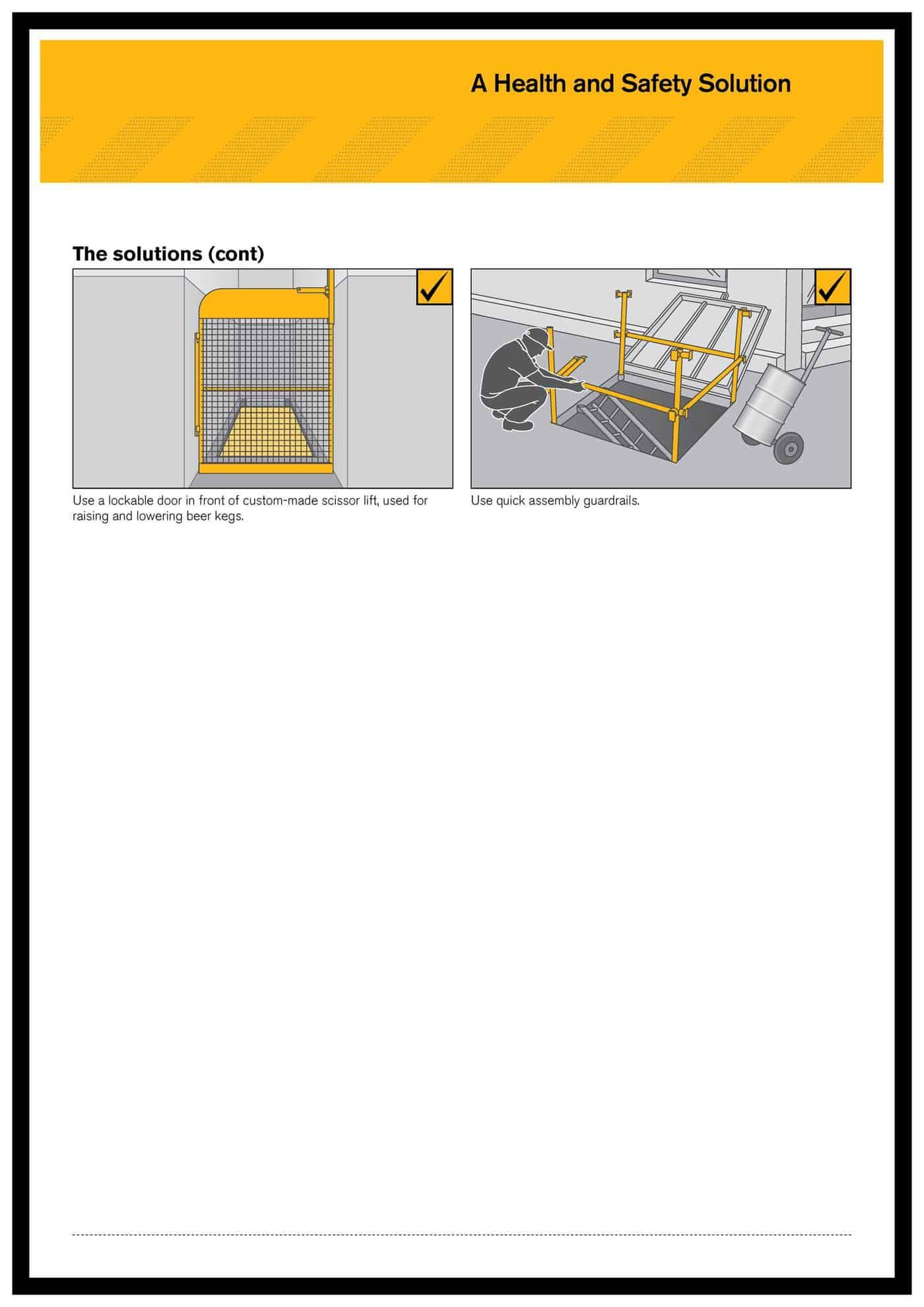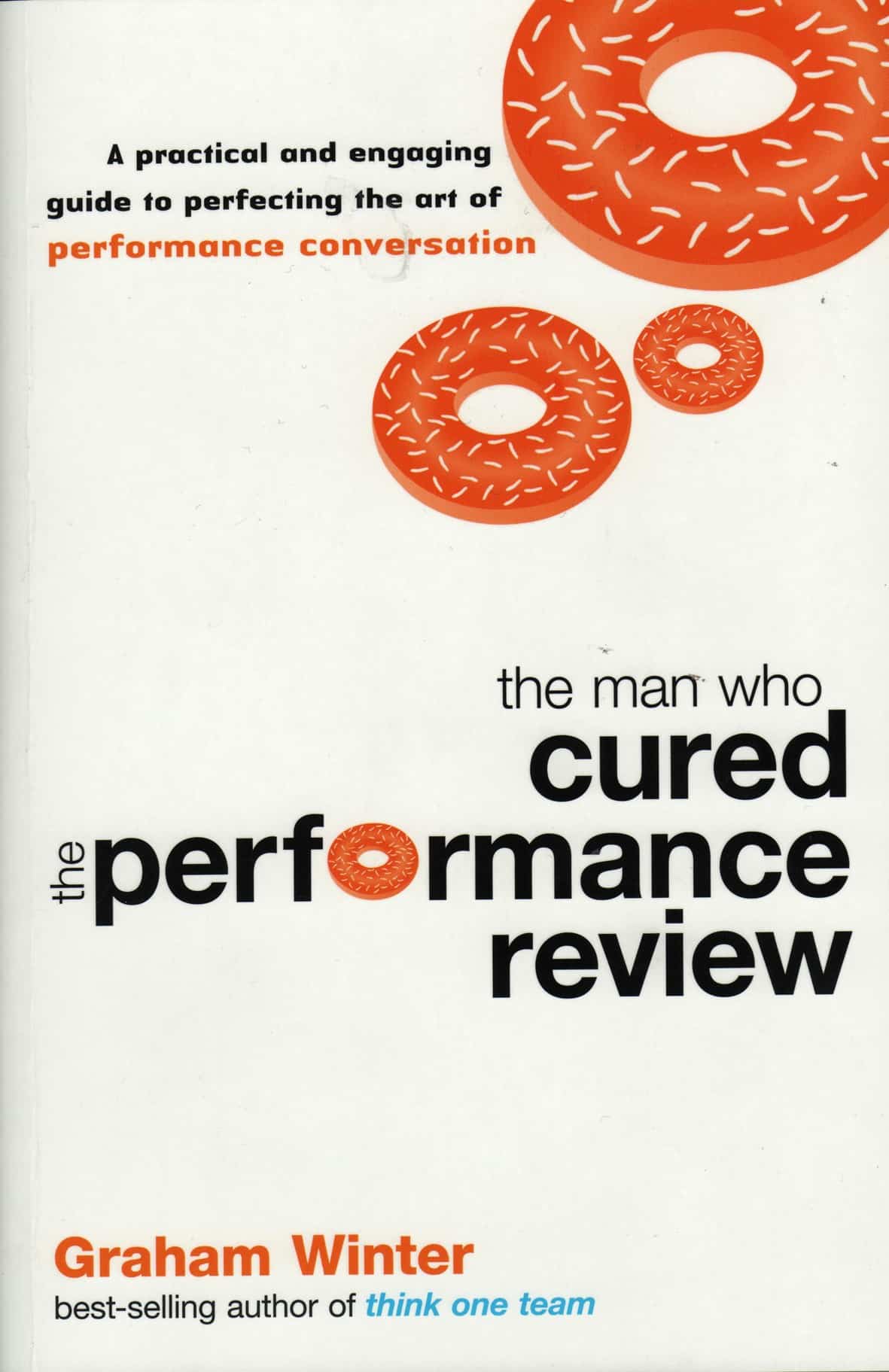The prosecution of a New Zealand adventure company, Black Sheep Adventures, over the death of Englishwoman Emily Jordan has received more press in England than in Australia but the case should be watched by all OHS professionals.
One report provides a useful summary of the fatal incident
“Emily Jordan drowned while riverboarding on the Kawarau river in New Zealand’s south island in April last year [2008].
The 21-year-old former Alice Ottley School (now RGSAO) pupil was travelling with her boyfriend after graduating from Swansea University with a first class degree in law.
The riverboarding company Black Sheep Adventures Ltd and its director Brad McLeod have been charged with failing to ensure the actions or inaction of employees did not harm Miss Jordan.”
The same article is an illustration of the importance of regular communication with the family of the deceased by the Authorities, even if the parties are on opposite sides of the globe.
The family established The Emily Jordan Foundation and a eulogy about Emily is available which provides a clearer understanding of what was lost in this tragedy.
Black Sheep Adventures have also been charged under the Health and Safety Employment Act 1992, with failing “failure to take all practical steps to ensure the safety of employees and the prevention of possible hazards.” The company and its director have pleaded not guilty.
The Birmingham Post is continuing to cover the case including the start of the trial due for next week.
Maritime New Zealand who are prosecuting the company instigated a review of the river boarding industry in late 2008.




 who was the chief psychologist for the Australian Olympic team and is now an author and business adviser. In August 2009 he has a book released entitled “The Man Who Cured the Performance Review”.
who was the chief psychologist for the Australian Olympic team and is now an author and business adviser. In August 2009 he has a book released entitled “The Man Who Cured the Performance Review”.